The inseparable ties of villagers along Vietnam-Cambodia border
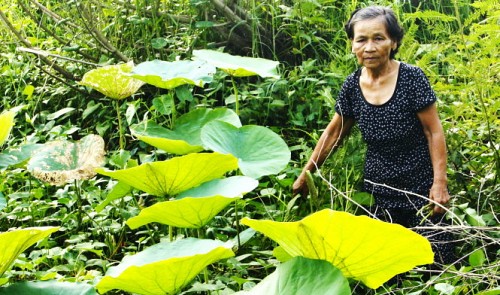
Som Nuol is married to a Vietnamese man and left her Svay Rieng Province to live in Vietnam for 43 years.
They have shared inseparable roads and paths, and most villagers are bilingual in Vietnamese and Khmer.
They can cross the border line any time for business, or just to visit each other.
Men and women have married each other and led normal lives on the land their ancestors worked and lived on long before.
Recently, they have faced a more challenging ‘border’ fabricated by those who come from afar.
The honest villagers have become victims of the divisive plot urged by The Cambodia National Rescue Party (CNRP) – the opposition to the ruling Cambodian People's Party.
The opposition party has persuaded thousands of people from Phnom Penh, the Cambodian capital, to travel hundreds of kilometers to the border to disturb security and try to uproot the border post numbered 203 between Long An Province of Vietnam and Svray Rieng Province of Cambodia.
Traveling along the Xang Canal one day, Tuoi Tre (Youth) newspaper journalists visited the upstream area of the Vam Co Tay River to visit Binh Bac Hamlet, Binh Hoa Tay Commune, Moc Hoa District, Long An, located in Vietnam’s Mekong Delta.
The area has two concrete posts, 202 and 203, the only signs informing visitors that they are standing near the border.
Except for the two posts, rice fields, paths, roads and land are open and extend on all sides, as they have for generations.
At a small grocer’s situated on the side of a path in Binh Bac, where Khmer (Cambodian) people often pass, Tuoi Tre met the owner, Dang Thi Dung, a 50-year-old Vietnamese woman who has lived on the canal bank for 40 years.
She showed her roll of debts, writing that Ta Uon owed VND80,000 (US$3.7) in dried fish, Som An VND95,000 ($4.4), and Ta Chanh VND70,000 for two kilograms of rice and a liter of fish sauce, among others. All the names are Cambodian.
This proves the close ties in life and business of Vietnamese and Cambodian people.
“It has rained heavily these days, causing road surface to become slippery. This limits visits and makes life here less busy. I miss them,” said Dung.
Her memories of life in the area have been described as “even longer than the road in front of [her] grocer’s,” which was built several years ago.
With 40 years of living by the river bank, Dung recalled the time when she was still single.
People from Binh Bac and the Cambodian village of Ta Not were very poor and cultivated rice fields separated by just a 30-cm wide path.
She said farmers did not spend money hiring each other but ‘exchanged help’ by joining hands to reap rice on one field before moving on to others.
“There were no border posts then. We farmers of both nations just had the edge of rice fields, just like other fields deep in the mainland,” Dung said. “But none of us trespassed on each other’s land, not even with just a stroke of a hoe.”
Since Dung began running her shop, locals who frequented the area and have become her acquaintances have called her shop the “transnational credit seller.”
“They just buy on credit and I note down their names. They will pay it off later when they have money. Otherwise, they can pay the debts at the end of a rice season,” she said. “Our ties are attached to one another like that, naturally; there is no distinguishing between Vietnamese and Cambodians.”
Dao Van Thuc, a Vietnamese who returned to Vietnam from Cambodia in 1975, said they often drop by one another’s homes to celebrate Tet, the Vietnamese Lunar New Year festival.
“I often visit their house and perform Lâm Thôn [a traditional folk dance of Cambodians] and they visit us to sing karaoke as neighbors,” he added.
Another Binh Bac local, Huynh Van Doi, set up a tent over a tea table to “receive international visitors,” he joked.
It is a place to rest for passers-by, mostly Khmer people.
It has become a ‘rendezvous’ of those who either want to hire laborers or to be hired.
“You can demarcate the land, but you can’t do it for the relations of people here,” said Lieutenant Colonel Nguyen Hoa Hung, political commissar of the Binh Hoa Tay border post.
What the stars mean:
★ Poor ★ ★ Promising ★★★ Good ★★★★ Very good ★★★★★ Exceptional
Latest News
More News
- Global education to improve quality of workforce (November 17, 2024 | 08:53)
- “Run for zero violence against women and girls in Vietnam” gets set (November 16, 2024 | 09:39)
- Final round of admin reform competition to take place in Hanoi (November 14, 2024 | 12:16)
- Hanoi pilots electronic health record solution (November 10, 2024 | 12:25)
- Vietnamese consumer sentiment outperforms regional averages (November 08, 2024 | 18:00)
- Japfa Vietnam serves nutrition to 1,500 children to year-end (November 06, 2024 | 16:32)
- Tan Hiep Phat - three decades of serving society (November 04, 2024 | 17:58)
- Hanoi to restrict polluting vehicles across key districts (November 04, 2024 | 16:29)
- Hoan My Medical Group launches breast cancer screening to support community health (November 02, 2024 | 10:56)
- Vietnamese students explore the future at STEAMese Festival (October 28, 2024 | 16:55)




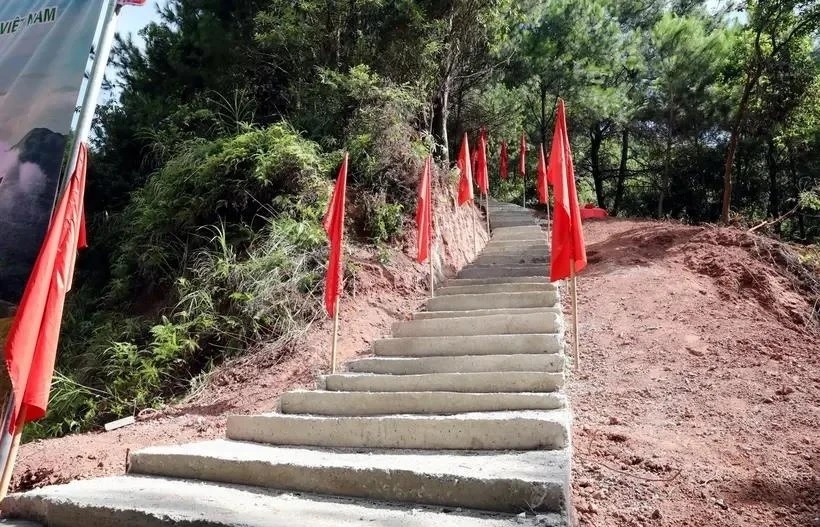
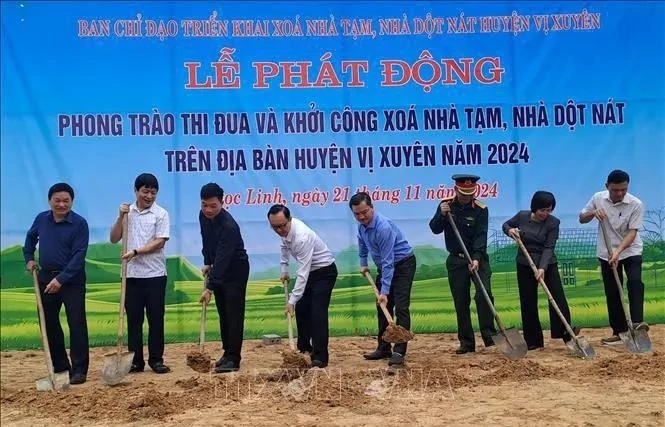
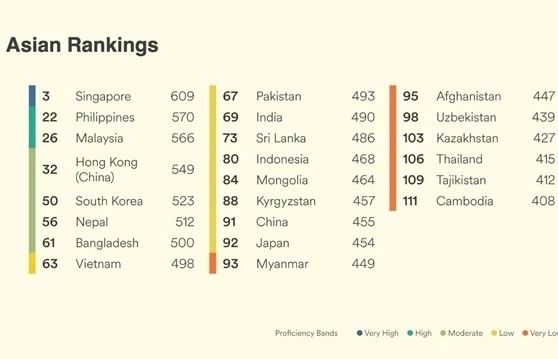
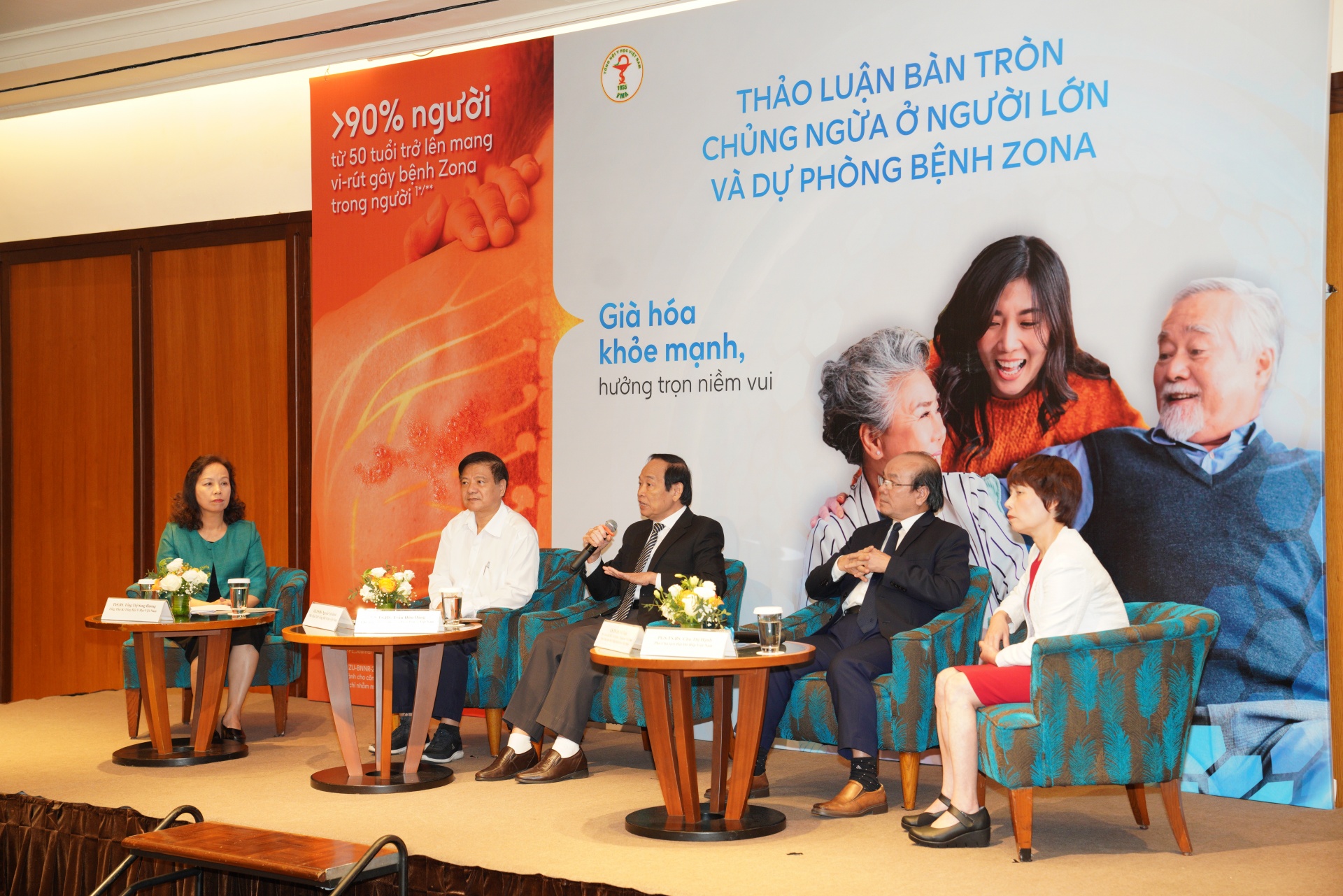
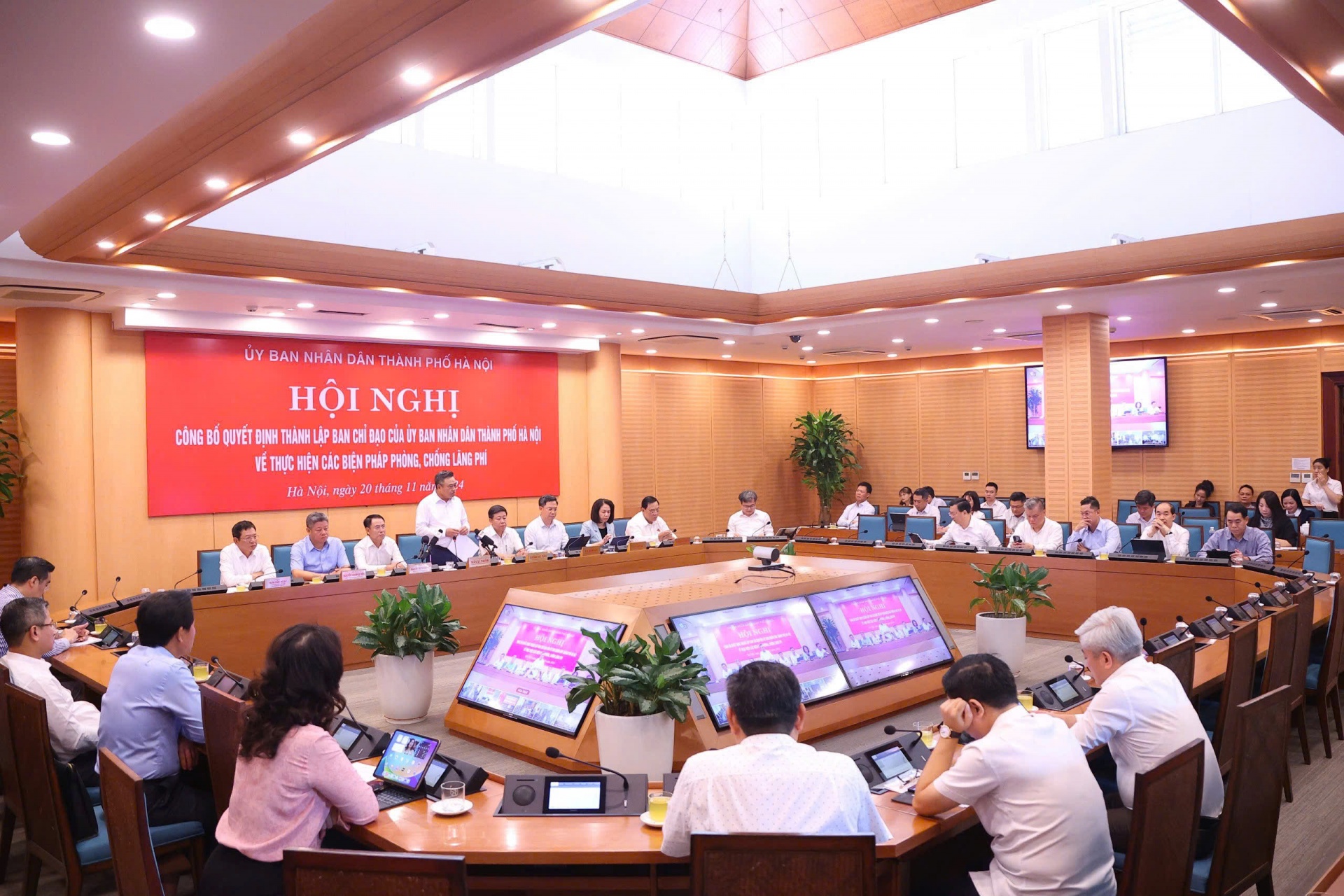








 Mobile Version
Mobile Version